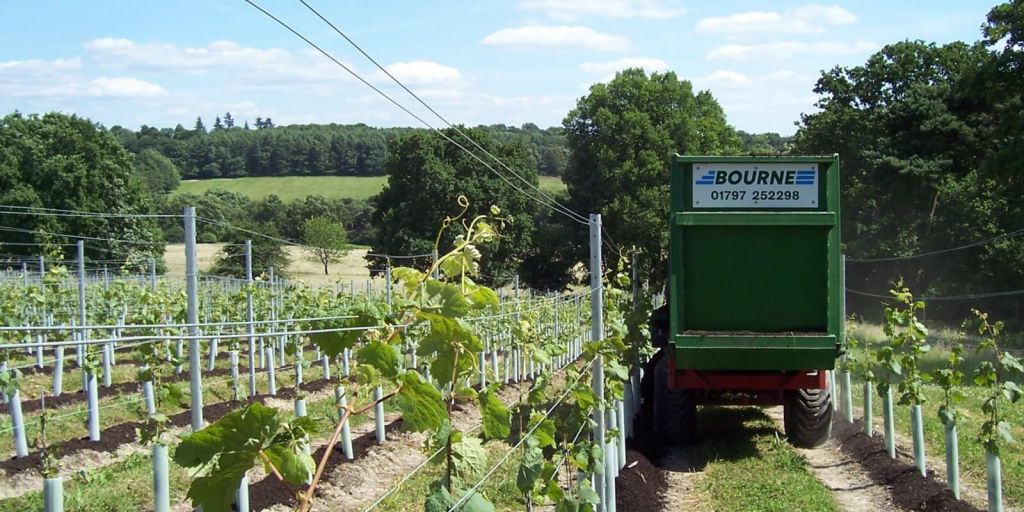It's a tradition now - every summer we deliver 160 tonnes of RH37 sand (medium USGA sand) to Canary Wharf for Action for Kids' beach volleyball courts. This is the tenth year they lay on the event - it starts today (9 July) and carries on to 3 August (when there will be a lot of sweeping-up to do).
The event includes a number of tournaments featuring elite players, as well as amateurs in stirring moments like the Bartenders Tournament (tomorrow) and the Agencies Challenge Cup (on 27 July).
The picture shows two of our lorries lined up on Sunday morning, waiting to discharge some of all that sand.
Here are the happy prize-winners Phil (on the left, May) and Lee (April), with their respective entries and prizes, received from our Group Chairman at a small but highly select gathering in the yard this afternoon. Thoroughly well deserved in both cases!
The June competition still has a few days to run, even though a certain entrant appears to think he has it sewn up. Prove him wrong and submit your own best shots! We will also shortly be able to disclose our new prize sponsor - watch this space...
This rather impressive facility is part of the Knauf plasterboard factory near Sittingbourne. It has one of the fastest production lines in Europe and was custom-built on a green-field site for Knauf in 1988. At the same location, they also have a plant prodcuing a wide range of gypsum plaster and jointing products.
Gypsum is also sold by us for agricultural purposes. It is a good source of sulfur and calcium for plant nutrition and for stimulating root growth. It improves acid soils, sometimes even more so than lime, and also improves soil structure to help water infiltration, as well as drainage. Finally, it helps to keep phosphorus and other nutrients from draining off farm fields.





